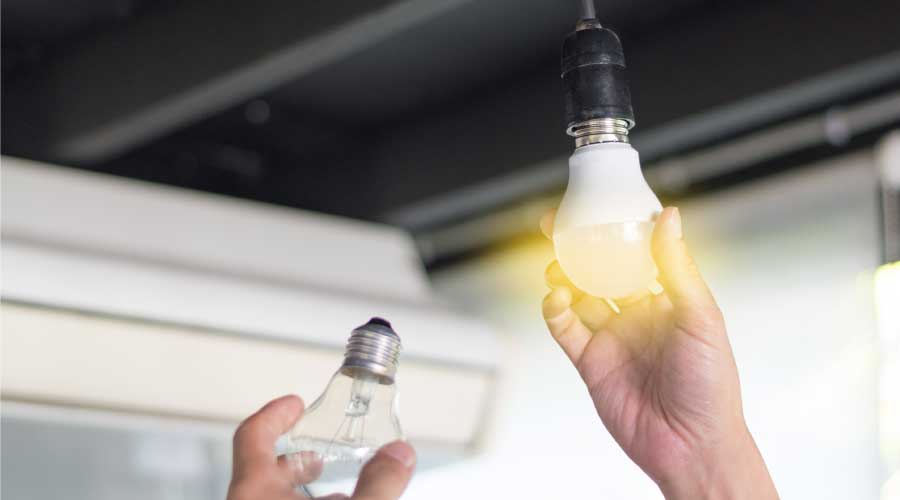LEDs: Myths about Performance, Maintenance
To ensure these products perform as intended, managers need to separate fact from fiction on a list of issues, from performance hours to maintenance. Among the most persistent myths are these:
Facilities can use LEDs almost anywhere. In fact, though new options might be on the way, effective uses for LEDs remain somewhat limited.
"The industry is full of exaggerated claims," Graf says. "It's kind of a 'Buyers, beware' marketplace." In some cases, manufacturers tell customers LEDs can produce desired results in almost any application.
"The sales person will tell you they're good for everything," Graf says. In fact, while technology advances are pushing LED applications into some new areas, their actual use remains narrow.
LEDs offer longer performance life. Some manufacturers tout a life cycle of up to 50,000 hours. In fact, while manufacturers are improving product performance with each generation, testing by the U.S. Department of Energy (DOE) found that about one-quarter of the solid-state lighting (SSL) products would not pass a 1,000-hour operational test, meaning they do not last as long as a traditional incandescent lamp.
"Just because the package says it will last for 50,000 hours doesn't mean it's going to last 50,000 hours," Haser says. Related to performance life, managers should ask about LED warranties.
"What happens if there's a catastrophic event in year seven?" Graf asks. Given the cost of the product, the warranty should cover such a situation. He says the role of the warranty is "kind of assumed but never really discussed."
LEDs require less maintenance. Managers need to remember the LED diode itself is just one part of the system, which also includes the power driver and the thermal-management component, Graf says. Either of these components can fail sooner than the diode, especially in sealed environments where built-up heat can cause problems.
LEDs offer the only real option for lighting efficiency. In fact, some fluorescent, metal halide, and halogen products offer efficiency levels equal to those of LEDs, Graf says. For example, while some LEDs offer 40,000 hours of useful life, some fluorescent products offer a similar performance life at a fraction of the cost.
LED light output and color is the same as other options. In fact, the performance of LED products can vary noticeably, Haser says, even between products in the same manufacturing batch. To ensure LEDs live up to the manufacturer's claims, Graf advises managers to look for the DOE's SSL Quality Advocates label, which signifies the product has gone through independent testing.
Haser's advice on this issue: "Sample, sample, sample." Managers should obtain product samples and make mock-ups of the installations they are considering to see if the light the LED produces is the light the application needs.
"It's still the wild, wild west out there," she says. "You really have to see it before you buy it."
Spotlight: LED Resources Online
|
Related Topics:














